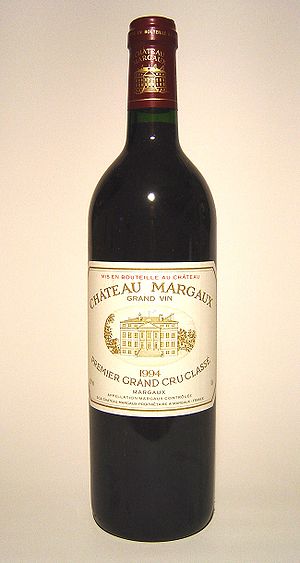Dedicated Hosting
Forms of dedicated hosting are popular with larger business clients where performance and security are paramount and the budget is in place to do pay for it, because it offers complete control, high security and uncompromised physical resources.
Features:
- Client rents an entire single server
- Web site has access to all physical resource and connectivity
- Often comes with managed hosting
Benefits:
- Scope for complete control over server configuration
- No competition for bandwidth resource
- No competition for processor (CPU) resource
- Access to entire server’s disk space
- No security threats from other sites/partitions on the server
Drawbacks:
- Cost of renting entire server
- Potential for wasted capacity if higher spec hardware is rented than the site requires
Clustered Hosting
Clustered hosting employs more than one server to reduce the risk of downtime for clients who can’t afford their site to go offline.
Features:
- Web site is hosted across multiple servers
- Can utilise shared or dedicated servers
- Can offer back up systems and load balancing
Benefits:
- No single point of failure - one server failing does not take the site offline
- Load balancing allows traffic to be distributed between servers reducing the demand on each and improving overall performance
Drawbacks:
- Cost if using dedicated servers
- Lack of customisation if using shared servers
Colocation
Sometimes referred to as Co-location or simply Colo, this form of hosting allows clients to reap the benefits of a data center location but still retain ownership of the hardware.
Features:
- Client buys and owns server(s)
- Servers are housed in a data center
- Client rents space for servers
Benefits:
- Physical security of data center location
- Physical safety of data center location
- Access to high bandwidth connections
- Retained value of the hardware as company assets
Drawbacks:
- Initial cost of purchasing servers.
- Less scalability due to cost of replacing hardware
- Potential for wasted capacity if high spec hardware is purchased to future-proof the platform
Managed Hosting
Managed hosting is a type of hosting where the features refer to the support that the client receives rather than the type of server it comes with and therefore it can incorporate any type of hosting/server set up such as shared or dedicated. A fully managed platform is effectively the deluxe package for clients with larger budgets and a shortage of expertise in-house.
Features (typically):
- Expert support and advice
- Technicians available to make configuration changes
- Performance monitoring
- Usually a dedicated server
Benefits (depending on the type of support):
- Access to the expertise and knowledge of hosting provider
- Round the clock support in case of performance issues or downtime
- Proactive and reactive support for changes in the web site or web site usage
- Help to effectively scale and configure platform
Drawbacks:
- Will tend to be expensive in comparison to self-managed packages
© Stuart Mitchell 2012
If you are interested in finding out more about hosting visit Dedicated Hosting.


















